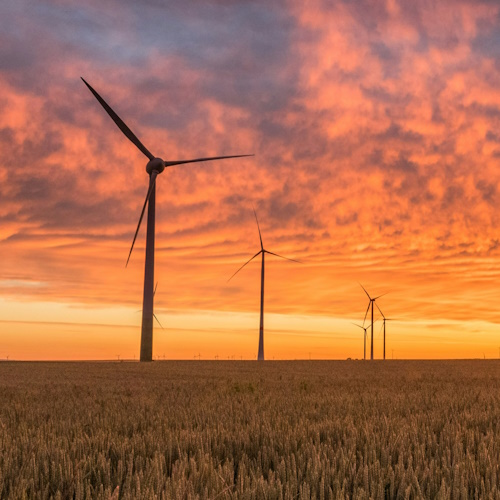Key points from article :
The Simon Abundance Index (SAI) 2024 measures the relationship between population growth and resource availability, showing that despite increasing global demand, resources have become more abundant. The index, which began at 100 in 1980, reached 609.4 in 2023, reflecting a 509.4% increase in resource abundance over 43 years. This challenges the traditional view that population growth depletes resources, instead supporting economist Julian Simon’s idea that human ingenuity and innovation drive resource abundance.
A key finding of the report is that the average time price—the amount of time required to earn enough to buy a resource—of 50 basic commodities fell by 70.4% from 1980 to 2023. This means that for the same amount of work in 1980, people could buy 3.38 times more in 2023. The world's population grew by 80.2%, yet resource availability increased at a much faster rate, demonstrating that economic and technological progress continues to improve living standards.
The SAI grew by 17.1% in 2023 alone, with 37 out of 50 tracked commodities becoming more abundant. While some, like natural gas in Europe, saw a 220.8% increase in abundance, others, like oranges, decreased by 38.9%. The study highlights that time prices, which account for both wages and inflation, provide a clearer picture of resource availability than traditional price measurements. Time is a universal constant, making time price comparisons a more reliable indicator of real-world affordability and economic progress.
Overall, the SAI 2024 reinforces the idea that human innovation continually expands resource availability, turning raw materials into valuable assets. By shifting focus from scarcity to abundance, the report presents an optimistic outlook on global economic and technological progress.






